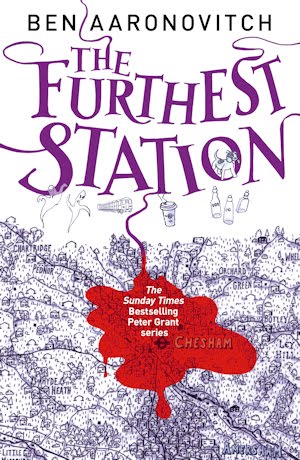The sins of the Belgariad, and Eddings’ other work, are legion and easy to list. Indeed once you start it’s almost impossible to stop adding to the roll call of literary short comings that starts with adjectivitus, continues through pedantic over emphasis and onwards to point south.
And yet when a certain mood takes me I find myself reaching for the calorie rich, carbohydrate heavy and above all E-number saturated suet pudding that is the Belgariad. Since I am, of course, perfect in every way there must be some merit in the books. If not - why would I read them?
One of the most over looked aspects of the Belgariad is the character delineation. Making sure that each character remains separate in the mind of the reader is not as easy as you might think. The principle characters in the Belgariad are; Belgareth, Polgara, Garion, Durnik, Silk, Barak, Hettar, Mandorallen, and Ce’Nedra. Below them are a secondary tier of protagonists who get less screen time but have their own ‘moments’ in the book; Lelldorin, Relg and Taiba. That’s a total of eleven protagonists all of whom are easily delineated one from another to the point where I could write this list from memory five years after I last read the books.
And that’s not counting memorable supporting characters such as Anheg, Greldik, Sadi and so on.
Of course you can tell them apart, goes the cry, they’re stereotypes. This is a good example of lazy thinking (1) because a) stereotypes can be just as hard to differentiate as more complex characters and b) the characters are not really stereotypes as such.
Some of you are now choking over point b) – bear with me.
Starting with a); we differentiate between characters when we feel that it is worth noticing the differences between different characters. It is the interaction between characters that defines their existence and our enjoyment of them. Stereotypes may be simple to remember (muscled barbarian, sneaky thief) but unless the interaction between them is worth noticing we just won’t bother to remember them.
And b) they’re not really stereotypes. I’m not saying that they’re multifaceted characters with a complex inner life but they’re not the cardboard cut-outs people portray them as (2). Our muscled barbarian warrior has marriage problems; the sneaky thief is second in line to the throne and in love with his uncle’s wife. The mighty knight must learn to deal with his own fear and Anheg is a closet intellectual.
Because these characters are memorable and interact with other in interesting and dramatic ways they form a community of characters which we enjoy spending time with. Many of us enjoy it enough to ignore the other short comings of the novels.
It’s noticeable that despite a good run up I bounced right off the Redemption of Althalus which only has one protagonist.
(1) lazy thought usually involves taking the first vaguely plausible explanation for something as the only explanation. Now sometimes the first plausible explanation is the true explanation for something but it’s not the way to bet.
(2) The big exception is the female characters whose characterisation throughout the books is both inconsistent and implausible. Does anyone buy Polgara’s tantrum when Garion, Silk and her Grandfather sneak off to fight Torak? It’s there because it makes a cute scene and gives Ce’Nedra plot space to come up with the notion of the Rivan Queen, but it doesn’t ring true.


No comments:
Post a Comment